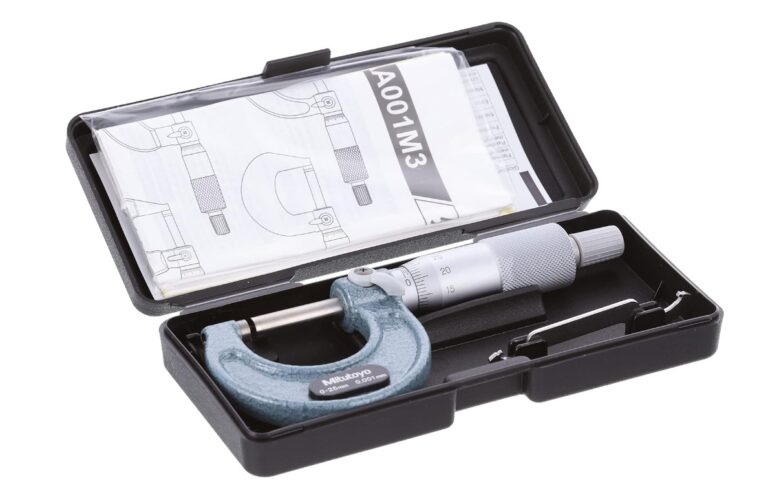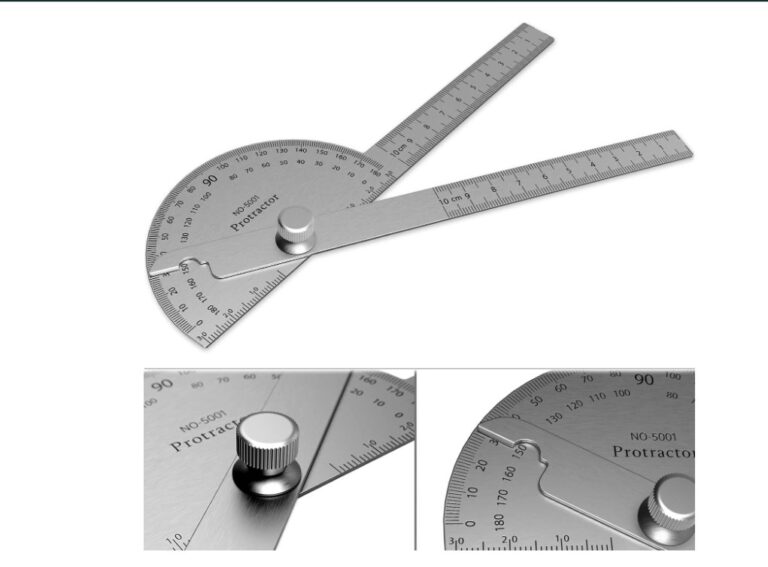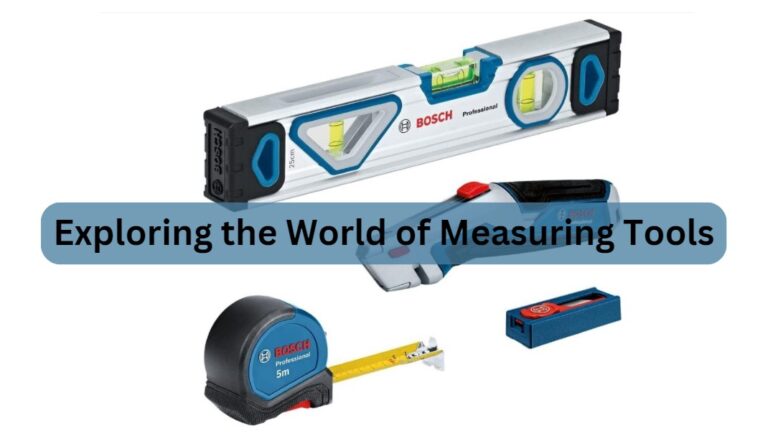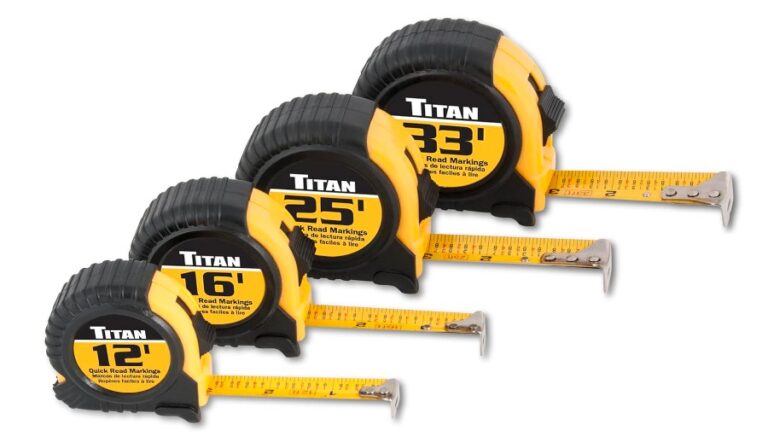Calipers: Navigating Precision with Every Measurement
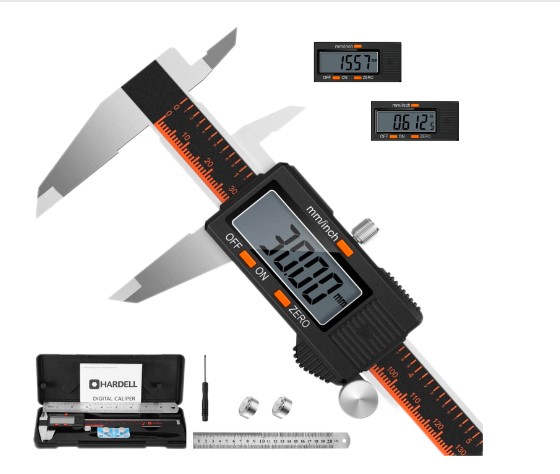
In the realm of dimensional accuracy, where every fraction of a millimeter matters, calipers emerge as the unsung heroes of measurement.
From the meticulous world of engineering and manufacturing to the realms of science and craftsmanship, calipers play a pivotal role in ensuring precision.
This exploration unveils the significance of calipers, their diverse types, and the art of using them effectively, and addresses common questions through an insightful FAQ section.
Calipers
Calipers, with their simple yet ingenious design, are instrumental in measuring distances between two opposite sides of an object. They come in various types, each catering to specific needs and precision levels. The primary types of calipers include:
Vernier Calipers
Vernier calipers are a classic design, featuring a main scale and a sliding vernier scale. The main scale provides a general measurement, while the vernier scale allows for more precise readings beyond the smallest marked increment on the main scale. Vernier calipers are versatile and suitable for a wide range of applications.
Dial Calipers
Dial calipers enhance ease of reading by incorporating a dial indicator instead of a vernier scale. The dial provides a direct measurement reading, eliminating the need for interpreting scale markings. Dial calipers are favored for applications where quick and accurate readings are essential.
Digital Calipers
In the age of digital precision, digital calipers stand out as modern marvels. Equipped with a digital display, these calipers provide instant and highly accurate measurements. The digital readout eliminates the potential for reading errors associated with traditional scales.
Inside Calipers
Inside calipers, also known as internal calipers, are designed to measure the internal dimensions of an object, such as the diameter of a hole or the width of a groove. They feature curved jaws that can be adjusted to fit inside the desired area for measurement.
Outside Calipers
Outside calipers, or external calipers, are used to measure the external dimensions of an object, such as the width of a beam or the diameter of a rod. These calipers have flat jaws that can be adjusted to fit around the object being measured.
Divider Calipers
Divider calipers serve a dual purpose of measuring and marking distances. They are equipped with two pointed legs that can be adjusted for measurement and then used to mark the measured distance on another object.
How to Use Calipers
Using calipers effectively involves a systematic approach to ensure accurate measurements. Here’s a step-by-step guide on how to use calipers:
Select the Right Calipers
Choose the type of calipers that best suits the measurement requirements. Consider whether internal or external measurements are needed and the level of precision required.
Zero Setting
Before taking measurements, ensure that the calipers are properly zeroed. For vernier and dial calipers, close the jaws and align the zero on the vernier or dial with the zero on the main scale. For digital calipers, press the zero or reset button.
Choosing the Measurement Mode
Determine whether an inside or outside measurement is required. Adjust the caliper jaws accordingly, ensuring a snug fit without excessive force.
Taking the Measurement
Gently place the caliper jaws around the object to be measured, ensuring that they make contact without tilting. For inside measurements, close the jaws until they grip the internal surface. For outside measurements, open the jaws until they encircle the external surface.
Reading the Measurement
Read the measurement from the scale or display. For vernier calipers, consider both the main scale and vernier scale readings to obtain the final measurement. For dial calipers, read the measurement directly from the dial. Digital calipers provide a clear digital readout.
Recording the Measurement
Record the measurement accurately, noting the units used and any decimal places. Digital calipers often provide readings in both metric and imperial units.
Repeatability
For critical measurements, repeat the process multiple times and calculate the average to ensure accuracy. This is particularly important when dealing with tight tolerances.
FAQs (Frequently Asked Questions)
1. What is the difference between vernier, dial, and digital calipers?
Vernier calipers use a sliding vernier scale for precision readings, dial calipers incorporate a dial indicator for easy reading, and digital calipers provide instant and highly accurate measurements on a digital display.
2. How do I maintain and calibrate calipers?
Keep calipers clean and store them in a protective case when not in use. Calibrate them regularly using a known standard or gauge block to ensure accuracy.
3. Can calipers measure both metric and imperial units?
Yes, many calipers come with dual scales or digital displays that allow for measurements in both metric and imperial units. Ensure you are reading the correct scale for your required units.
4. What is the resolution of calipers?
The resolution of calipers refers to the smallest increment they can measure. Vernier calipers typically have a resolution of 0.02 mm, while digital calipers can have resolutions as fine as 0.01 mm.
5. Can calipers be used for depth measurements?
Yes, many calipers come with a depth rod or extension for measuring depths. Ensure the depth rod is securely attached, and use it in a perpendicular manner for accurate depth measurements.
6. Are there calipers for specialized applications?
Yes, there are specialized calipers for various applications, including calipers with extended jaws for measuring grooves, knife-edge calipers for measuring the thickness of thin objects, and more.
Conclusion
Calipers, in their various forms, embody precision in the world of measurements. From the intricate craftsmanship of artisans to the precision-driven processes of manufacturing, calipers serve as reliable companions, ensuring that every measurement is a testament to accuracy. The step-by-step guide on using calipers underscores the importance of a methodical approach to obtain reliable measurements.
As technology advances, digital calipers exemplify the fusion of tradition and innovation, providing instantaneous and accurate readings. The FAQ section addresses common queries, offering clarity on the diverse aspects of calipers. In the intricate dance of measurements, calipers stand as silent maestros, guiding us through the nuances of dimensional accuracy and contributing to the seamless creation of the world around us.

